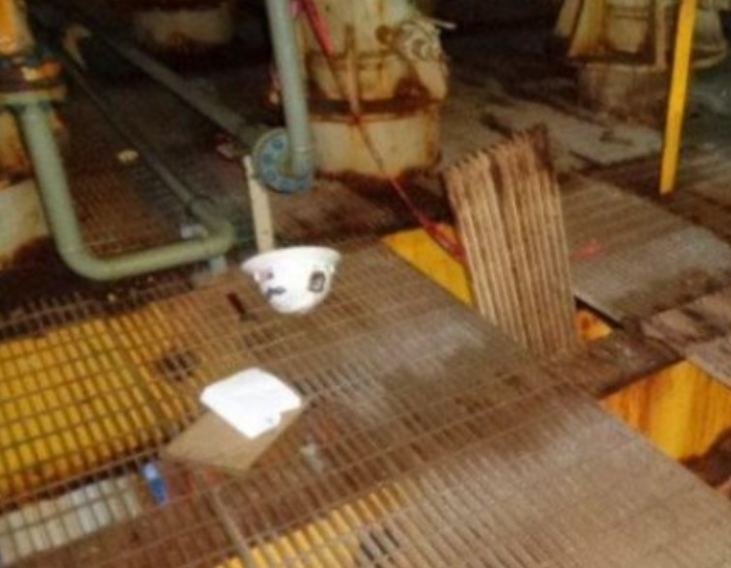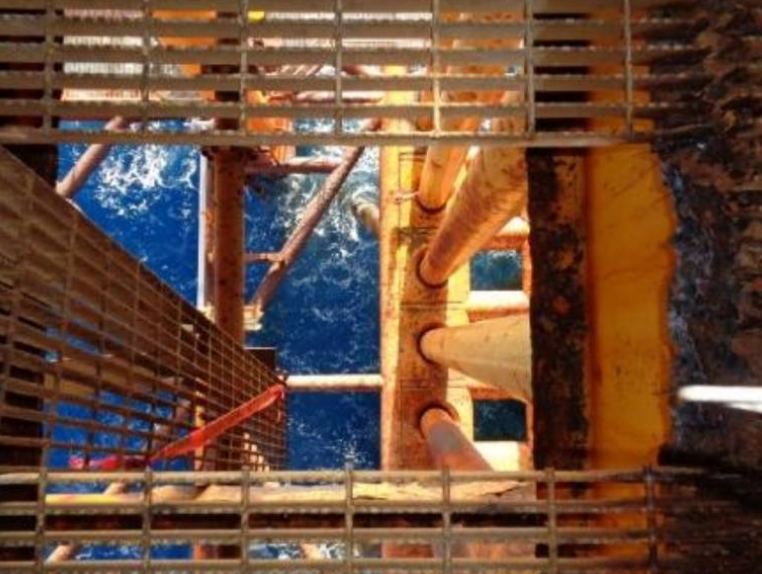The Weekly Reflektion Week 13/2021
Do you notice an area for improvement, make a note to do something about it, but then forget? Don’t put off taking action.
This week’s Reflektion concerns an incident in the Gulf of Mexico where a hazard was recognised, but immediate mitigating actions proved insufficient.


A hardhat, a clipboard, and an open grating
On a production platform in the Gulf of Mexico recently, a supervisor spotted a section of loose, severely corroded grating in the wellbay area. The bearing structure under one end of the grating had deteriorated significantly. The severity of the damage was ‘checked’ by striking it with a small sledgehammer. Recognising this as a hazard, the grating itself was marked with red warning tape, as was a nearby post. It was decided to inform other supervisory personnel and repair it the following morning.
During the night shift, a production operator was performing his assigned tasks, the regular casing pressure checks. He was supposed to check-in with the safety officer during the night at two-hour intervals, midnight, 0200 hrs, 0400 hrs, etc, throughout the shift. If the check-in was more than 15 minutes late, a search was to be performed. He did not check-in as agreed at 0600 hrs, and he was paged on the platform public address system. Getting no reply, the platform was searched, and the previously identified damaged grating was found to have been displaced, and there was an opening down to the sea, about 14m below. A hardhat, a clipboard, and a wrench were found on the deck near the open hole.
The US Coast Guard were informed and a search and rescue effort was launched. The involved person was never found. The investigation found that the platform had had numerous instances in which deficient grating had been identified for corrective action in and around the wellbay, so the signals were there. The supervisors were found to have been deficient in their response to the identified grating damage, both in not promptly correcting the damage and not marking it clearly as a “foreseeable, immediate, life-threatening hazard.” The chosen method of marking the area did not impede personnel from accessing the hazardous area. In addition, the ‘sledgehammer test’ may have weakened or broken any potential remaining support and made the situation more hazardous. The communication of the hazard to the crew was also deficient.
When you spot something that you think is potentially hazardous, and needs immediate repair, what action do you take? Who do you inform? Have you thought ‘I must do something about that’, and then forgotten? Not acting immediately can have serious consequences.
